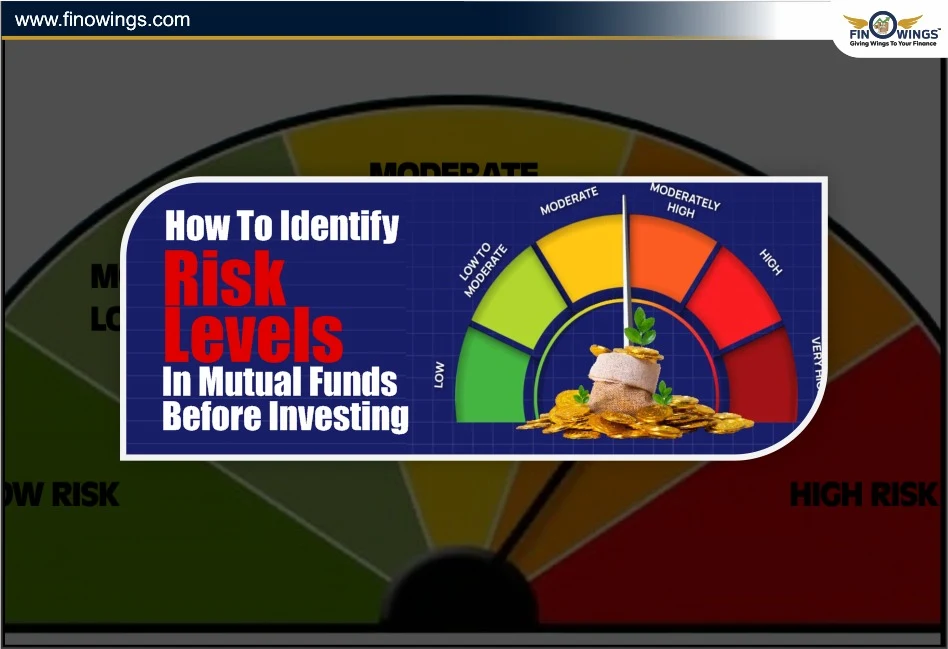Home >> Blog >> Best Multi Cap Mutual Funds for Diversified Portfolios
Best Multi Cap Mutual Funds for Diversified Portfolios

Table of Contents
- Best Multi Cap Mutual Funds for Diversified Portfolios
- What Are Multi Cap Mutual Funds?
- Best Multi Cap Mutual Funds in India (2025)
- Why Invest in Multi Cap Funds?
- Top Benefits of Multi Cap Mutual Funds
- Selecting the Ideal Multi Cap Mutual Funds
- Best Multi Cap Funds for Starting a SIP
- Who Should Invest in Multi Cap Funds?
- Taxation of Multi Cap Funds
- Final Thoughts
Best Multi Cap Mutual Funds for Diversified Portfolios
When it comes to building a diversified investment portfolio, multi cap mutual funds are one of the best options for investors. Balancing growth, stability, and flexibility by investing across large, mid, and small cap funds is one of the active pros of investing in multicap funds. Whether beginner or seasoned, all investors can achieve long-term consistent returns while also lessening the risk on the portfolio with multi cap funds.
In this guide, we will identify the multi cap mutual funds, their pivotal role in diversification, the best multi cap mutual funds, and also the best multicap funds for SIP investors in 2025.
What Are Multi Cap Mutual Funds?
A multi cap mutual fund is an equity scheme that invests across companies of all market capitalisations. Large, mid, and small cap companies are what the fund manager will decide on in terms of the equity portion. Even the SEBI stipulations state that in such funds, managers must apportion 25% each in large, mid, and small cap stocks. The remaining 25% can be invested flexibly.
This setup provides investors with the security of largecaps, the expansion opportunities of midcaps, and the high returns of smallcaps all in a single fund.
Best Multi Cap Mutual Funds in India (2025)
Below are the best multicap mutual funds that align with the selection criteria, focusing on returns consistency, portfolio quality, and style of fund management:
1. Parag Parikh Flexi Cap Fund*-
3-Year CAGR- 21.4%
Expense Ratio- 0.76%
Minimum SIP- ₹500
2. Motilal Oswal Multi Cap Fund -
3-Year CAGR- 18.9%
Expense Ratio- 0.80%
Minimum SIP- ₹500
3. Quant Active Fund
3-Year CAGR - 25.3%
Expense Ratio - 0.67%
Minimum SIP - ₹500
4. Kotak Multi Cap Fund
3-Year CAGR - 17.5%
Expense Ratio - 0.74%
Minimum SIP - ₹500
5. HDFC Multi Cap Fund
3-Year CAGR - 16.8%
Expense Ratio - 0.89%
Minimum SIP - ₹500
* Note: Parag Parikh Flexi Cap Fund, which is often included in diversified strategies, behaves like a multi cap fund.
Why Invest in Multi Cap Funds?
There are a number of reasons to choose multi cap funds:
1. Diversification Across Market Segments
Multi cap mutual funds do not narrow the focus to one market segment and bear the risk, as single cap funds do.
2. Dynamic Allocation
By changing how money is allocated, fund managers are able to take advantage of different opportunities that arise and counter potential losses.
3. Ideal for LongTerm Investors
Investors with horizons of 3 to 5 years or longer will be able to benefit from the stability of these funds which, while remaining consistent, will also provide higher returns.
4. Better Risk Management
Exposure to multiple market segments ensures that a downturn in one segment (e.g., smallcap) won’t substantially derail the performance of the entire portfolio.
Top Benefits of Multi Cap Mutual Funds
|
Benefit |
Description |
|
Diversification |
Exposure to all market caps ensures balanced growth and reduced volatility. |
|
Professional Management |
Managed by expert fund managers who actively rebalance portfolios. |
|
Growth Potential |
Participation in emerging businesses through small and mid-cap exposure. |
|
Stability |
Large-cap allocation provides a strong foundation during market corrections. |
The overall safety and growth that multi cap mutual funds provide makes them a very appealing option to many investors.
Selecting the Ideal Multi Cap Mutual Funds
Consider several key aspects before settling on the best multi cap funds for your investments:
1. Fund Performance:
Examine the annualised 3year and 5year returns in relation to the category averages.
2. Fund Manager Track Record:
Assess the decision-making and result consistency across various market cycles.
3. Expense Ratio:
Paying less in expense ratios means more of your capital will be invested and compounding.
4. Portfolio Composition:
Assess the sector and stock diversification to adequately balance your large, mid, and smallcap funds.
5. AUM (Assets Under Management):
Funds with an AUM that is too small or too large are uncommon to see. Moderately sized funds (between ₹5,000 and ₹25,000 crore) tend to be more flexible.
Best Multi Cap Funds for Starting a SIP
Beginning a Systematic Investment Plan (SIP) can help you gather wealth, especially when you choose the best multi cap fund for SIP. SIPs are excellent, especially when one focuses on rupee cost averaging. Compounding interest also adds a lot of value for SIPs.
Quant Active Fund – Great for the high conviction approach bordering on risk-taking.
Kotak Multi Cap Fund – Diversified exposure across all spectrums, aiding a longterm SIP.
HDFC Multi Cap Fund – Large base of consistent large-cap holdings, selective smallcap enhances growth.
With the suitable amounts of ₹2000 - ₹5000 for a monthly SIP, you can look for a good fund.
Who Should Invest in Multi Cap Funds?
These funds are best suited for:
-
Investors looking to include diversified equity exposure in one fund.
-
Individuals who favour moderate risk exposure with steady earnings.
-
Longterm investors looking to build wealth through SIPs.
-
People who lack the time or expertise to manage a portfolio of singlecap funds.
-
In summary, multi cap mutual funds are a “onestop solution” for investors who seek diversification with professional fund management and growth potential.
Taxation of Multi Cap Funds
Multi Cap Funds are considered equity funds. Hence, they are taxed under the equity taxation rules. This includes:
Short Term Capital Gains (STCG): A 15% tax is applied when the funds are redeemed within the 1year period.
Long Term Capital Gains (LTCG): A 10% tax is only applied on gains exceeding 1 lakh rupees after 1year of investment.
It is preferable to stay invested for the longterm to take advantage of better returns and tax efficiency.
Final Thoughts
Multi Cap Funds are the solution for investors seeking flexibility, growth, and control of a broad investment basket. They simplify the investment process, as you don't have to predict which part of the market will yield the most returns. Investing in best Multi Cap Funds through a SIP is a great way to build longterm financial strength.
If diversification is your goal, check out Multi Cap Funds, specifically the best Multi Cap Fund for SIP, to make diversification your strongest ally.









.webp)





